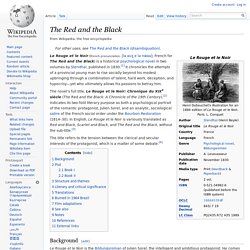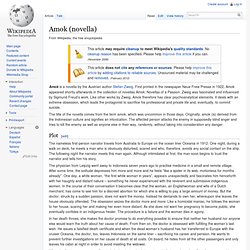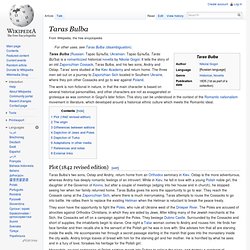

The Sorrows of Young Werther. The Sorrows of Young Werther (German: Die Leiden des jungen Werthers) is an epistolary and loosely autobiographical novel by Johann Wolfgang von Goethe, first published in 1774; a revised edition of the novel was published in 1787.

Werther was an important novel of the Sturm und Drang period in German literature, and influenced the later Romantic literary movement. Finished in six weeks of intensive writing during January–March 1774,[1] its publication instantly made the 24-year-old Goethe one of the first international literary celebrities. Of all his works, this book was the most known to the general public.[1][2] Towards the end of Goethe's life, a personal visit to Weimar became crucial to any young man's tour of Europe. Plot summary[edit] The majority of The Sorrows of Young Werther is presented as a collection of letters written by Werther, a young artist of highly sensitive and passionate temperament, and sent to his friend Wilhelm. Lotte at Werther's grave Effect on Goethe[edit] The Red and the Black.
Le Rouge et le Noir (French pronunciation: [lə ʁuʒ e lə nwaʁ]; French for The Red and the Black) is a historical psychological novel in two volumes by Stendhal, published in 1830.[1] It chronicles the attempts of a provincial young man to rise socially beyond his modest upbringing through a combination of talent, hard work, deception, and hypocrisy—yet who ultimately allows his passions to betray him.

The novel’s full title, Le Rouge et le Noir: Chronique du XIXe siècle (The Red and the Black: A Chronicle of the 19th Century),[2] indicates its two-fold literary purpose as both a psychological portrait of the romantic protagonist, Julien Sorel, and an analytic, sociological satire of the French social order under the Bourbon Restoration (1814–30). In English, Le Rouge et le Noir is variously translated as Red and Black, Scarlet and Black, and The Red and the Black, without the sub-title.[3] §Background[edit] §Plot[edit] §Book I[edit] §Book II[edit] §Structure and themes[edit] §See also[edit]
Catch-22. Catch-22 is a satirical novel by the American author Joseph Heller.

He began writing it in 1953; the novel was first published in 1961. It is set during World War II from 1942 to 1944. It is frequently cited as one of the greatest literary works of the twentieth century.[2] It uses a distinctive non-chronological third-person omniscient narration, describing events from the point of view of different characters. The separate storylines are out of sequence so that the timeline develops along with the plot.
Concept[edit] Among other things, Catch-22 is a general critique of bureaucratic operation and reasoning. Other forms of Catch-22 are invoked throughout the novel to justify various bureaucratic actions. Yossarian comes to realize that Catch-22 does not actually exist, but because the powers that be claim it does, and the world believes it does, it nevertheless has potent effects. Amok (novella) Amok is a novella by the Austrian author Stefan Zweig.

First printed in the newspaper Neue Freie Presse in 1922, Amok appeared shortly afterwards in the collection of novellas Amok: Novellas of a Passion. Zweig was fascinated and influenced by Sigmund Freud’s work. Like other works by Zweig, Amok therefore has clear psychoanalytical elements. It deals with an extreme obsession, which leads the protagonist to sacrifice his professional and private life and, eventually, to commit suicide. Shangri-La. Taras Bulba. Taras Bulba (Russian: Тара́с Бу́льба; Ukrainian: Тара́с Бу́льба, Tarás Búl'ba) is a romanticized historical novella by Nikolai Gogol.

It tells the story of an old Zaporozhian Cossack, Taras Bulba, and his two sons, Andriy and Ostap. Taras' sons studied at the Kiev Academy and return home. The three men set out on a journey to Zaporizhian Sich located in Southern Ukraine, where they join other Cossacks and go to war against Poland. The work is non-fictional in nature, in that the main character іs based on several historical personalities, and other characters are not аs exaggerated or grotesque as was common in Gogol's later fiction. This story can be understood in the context of the Romantic nationalism movement in literature, which developed around a historical ethnic culture which meets the Romantic ideal.
Plot (1842 revised edition)[edit] Taras Bulba's two sons, Ostap and Andriy, return home from an Orthodox seminary in Kiev. Taras and Ostap continue fighting the Poles. 24 hours.